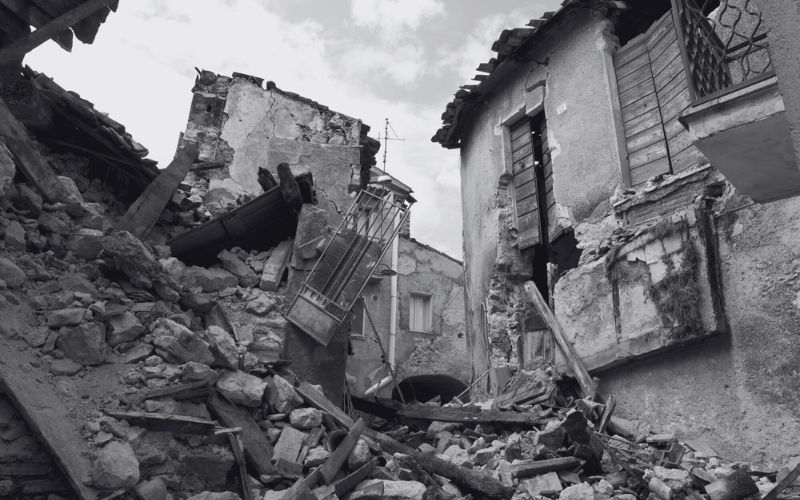How do earthquakes crumble some countries? A new study takes a look
Findings from a new earthquake fatality comparative measure reveal Ecuador, Lebanon, Haiti, Turkmenistan, Iran and Portugal are the most affected by earthquakes in the past five centuries

Image: Canva
A new measure that compares earthquake-related fatalities to a country’s population size concludes that Ecuador, Lebanon, Haiti, Turkmenistan, Iran, and Portugal have been the most affected by fatalities in the past five centuries.
The new effect measure, introduced in the Bulletin of the Seismological Society of America (BSSA) by Max Wyss and colleagues at the International Centre for Earth Simulation Foundation, is called the earthquake fatality load (EQFL).
The EQFL of a particular earthquake is the ratio of earthquake fatalities to the population estimate for the country in the year of the earthquake. In their study, Wyss, Michel Speiser, and Stavros Tolis calculate the earthquake fatality load for 35 countries and regions by adding up the EQFL calculated for earthquakes in these countries occurring within roughly the past 500 years, as well as a measure of EQFL per year for each country. This last measure was used to rank the countries by the number of earthquake fatalities.
The countries in the studies collectively account for 97 per cent of all earthquake-related fatalities from the year 1500 to March 2022. The EQFL measurement excludes deaths related to earthquake-caused tsunamis, said Wyss.
Although major earthquakes in places like California, Japan, and China often grab headlines by virtue of the magnitude of their earthquakes or destruction of property, the goal of the EQFL measure was to show how the most critical consequence of an earthquake – loss of life – affects some countries more than others, Wyss explained.
Wyss also shared: "We wanted to look at how serious it is to absorb those losses for a country. When you do this quantitatively, the order of countries to worry about suddenly changes.”
The researchers found that smaller countries suffer more than larger countries from earthquake fatalities, even when they experience fewer fatal earthquakes, because the losses represent a larger proportion of their population.
Researchers also noted that countries without major tectonic plate boundaries – where some of the Earth’s largest earthquakes occur – and countries with slow deformation accumulation rates on faults rank high in EQFL. For instance, the recent 2023 deadly earthquakes in Morocco and Afghanistan occurred along slowly deforming faults.
Wyss and colleagues also calculated that the EQFL as a function of magnitude has decreased over time in all countries analysed. Over time, the authors suggested, buildings have become more resistant to shaking, and countries have become better at quickly sending aid to earthquake zones and rescuing people trapped under rubble.
Global trends that show more people moving from villages into cities could also contribute to decreasing EQFL, Wyss noted, since buildings in cities are more likely to be constructed using materials and designs that resist ground shaking. Emergency response can be quicker in a city compared to a remote village.
California and a group of countries composed of Colombia, Ecuador, and Mexico had the strongest decrease in EQFL over the past 500 years. Italy had the least amount of EQFL decrease, likely because old buildings are preserved, renovated, and lived in, the BSSA authors suggest.
Wyss has long advocated for more emphasis on earthquake fatalities to determine and address the consequences of earthquakes around the globe. He and his colleagues developed 'Quake Loss Assessment for Response and Mitigation (QLARM),' a service that uses population and building stock data sets from around the world to issue a real-time calculation of fatalities, injuries, and building damage due to strong shaking in earthquakes. The US Geological Survey's 'Prompt ‘Assessment of Global Earthquakes for Response (PAGER)’ tool provides a similar service.
Wyss shared that people and not property are the most important potential losses in an earthquake and that the possibility of preventing fatalities using QLARM is what keeps him working without salary. He said: "For that, I am willing to get out of bed when an earthquake happens at night for the rest of my life – as long as I am still intelligent enough to do that – for people, not for money."